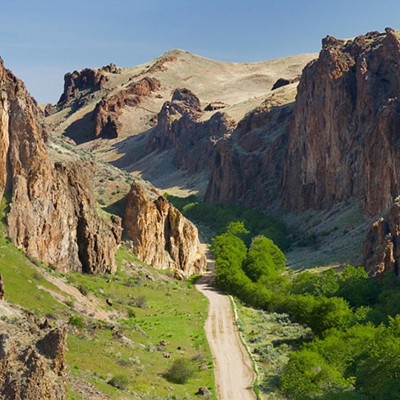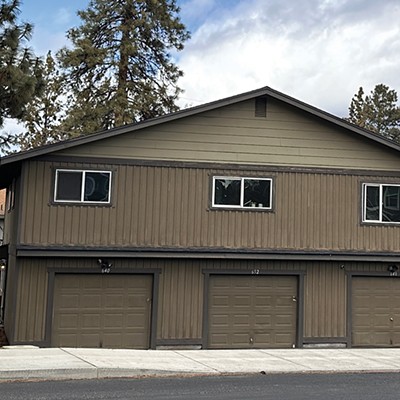A macabre milestone was passed on Sunday: The 4,000th American soldier was killed in Iraq. The 4,000th death was recorded when four troops were killed by a roadside bomb that exploded near their vehicle in southern Baghdad.
The American death toll since the invasion of Iraq five years ago this month has now exceeded by 1,002 the number killed in the terrorist attack of Sept. 11, 2001. It does not, of course, include the nearly 30,000 US troops who have been wounded in action, nor the Iraqi civilians who have been killed, a number that probably will be forever unknown but that has been estimated at more than 600,000.
Vice President Dick Cheney (he of the five Vietnam-era draft deferments) was interviewed by ABC News on Monday and asked to comment about the 4,000 American troop deaths. He seemed to think they were not that big a deal, pointing out that those who went to Iraq all volunteered for military service.
Cheney reserved most of his compassion for George W. Bush (who, like Cheney, avoided serving in Vietnam, in Bush's case by jumping to the head of the waiting list to join the "Champagne Squadron" of the Texas Air National Guard): "The president carries the biggest burden, obviously. He's the one who has to make the decision to commit young Americans."
The best comment we have seen so far came from Jon Soltz, who served as a captain in the U.S. Army in Iraq from May to September 2003. "Five years later, what does the 4,000-death mark mean to me?" Soltz wrote on the Huffington Post blog. "It means that today, like yesterday and tomorrow, we will lose some of the finest Americans we have. That is a harsh reminder that disastrous policy decisions have tragic consequences."
Cruel and Unusual Nourishment
Feel like a snack? How about a tasty lump of Nutraloaf, a blend of cubed whole wheat bread, non-dairy cheese, raw carrots, spinach, raisins, beans, vegetable oil, tomato paste, powdered milk and dehydrated potato flakes?
No, it's not something they used to serve in your high school cafeteria. Nor is it the latest menu creation of some trendy vegan restaurant (although it sounds like it might be).
Nutraloaf is what they feed prisoners in Vermont when they behave badly. Corrections officials say it's a complete, nourishing meal. But inmates say they'd rather be subjected to the rack and thumbscrew than eat it.
Vermont prisoners detest Nutraloaf so much, in fact, that they've filed a class action lawsuit to try to make prisons stop administering it unless they give them a hearing first.
Seth Lipschutz, a lawyer with Vermont's Prisoner's Rights office, argues that putting prisoners on a temporary diet of Nutraloaf is punishment, and "if it's punishment, you've got to follow the rules. Even in prison you get a little bit of due process."
Vermont Corrections Commissioner Rob Hoffman defended the Nutraloaf diet as "a way of providing nutrition in a mechanism that dissuades inmates from throwing feces, urine, trays and silverware. It tends to have the desired outcome. Once the offender relents, we stop with the Nutraloaf."
The Vermont Supreme Court was scheduled to hear arguments in the case Monday, and it could face a tough decision because the precedents seem to be divided. In 1978, the U.S. Supreme Court ruled that feeding a similar substance known as "grue" to Arkansas prisoners was okay, but a federal judge ruled in 1988 that the use of Nutraloaf in Michigan prisons was a form of punishment and prisoners were entitled to due process before being forced to eat it.





















